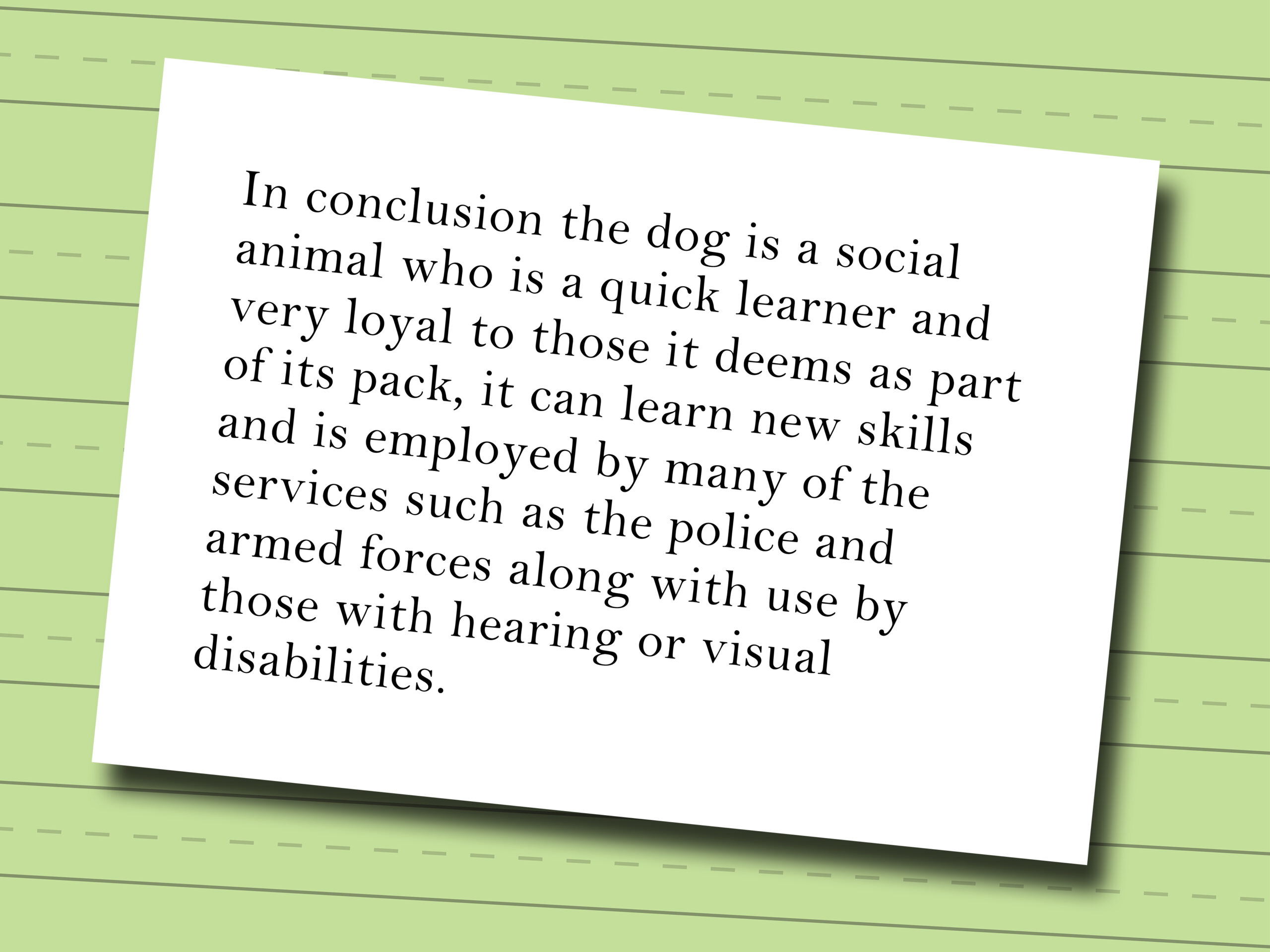When tasked with the art of crafting an expository essay on animals, one might wonder: How can one elucidate the complexities of these sentient beings while simultaneously advocating against their mistreatment? This poses a challenge that requires sensitivity, vast knowledge, and a measured tone. An effective expository essay not only informs but also elicits empathy for animals, inspiring readers to reflect on their own actions towards them. This guide delineates a structured approach to writing a poignant yet analytical essay focused on animals, merging fact with compassion.
First and foremost, the selection of an engaging topic is paramount. Opting for a specific aspect of animal life—such as habitat conservation, the impacts of animal testing, or the effects of poaching—can help to ground your narrative. For instance, consider the stark reality faced by elephants in the wild due to ivory trade. Your thesis could posit that the survival of these majestic creatures hinges on global awareness and protective legislation. This thesis statement not only suggests the focus of your essay but also hints at the ethical dilemmas that surround animal existence.
After establishing your topic, constructing an outline serves as a critical blueprint for your essay. A well-organized structure consists of an introduction, body paragraphs, and a conclusion. The introduction should engage readers with a thought-provoking question or surprising statistic. How many elephants are left in the wild today? This rhetorical engagement invites curiosity and establishes a connection with the audience—one that extends beyond mere textual analysis.
Following the introduction, seamless transitions into the body paragraphs are essential. Each paragraph should explore a singular idea, supported by evidence and descriptive language. The first body paragraph might delve into the natural habitat and social structures of elephants, providing factual context. Highlight their intelligence, complex communication, and familial bonds. Utilize vivid imagery to paint a picture: “Elephants roam the savannahs, their large ears flapping like sails catching the wind, while they trumpet warning calls that reverberate through the tall grasses.” Such descriptions foster an emotional link, compelling readers to empathize with these extraordinary beings.
Subsequent paragraphs could present the stark realities affecting these animals. Citing specific laws or statistics on poaching rates can bolster your argument. For example, “In the last decade, it is estimated that over 100,000 elephants have been killed for their ivory.” This stark contrast between their natural behaviors and the threats posed by human greed is arresting and thought-provoking. As you articulate these points, maintaining an impersonal tone amplifies the emotional resonance without descending into melodrama. Chilling facts demand attention, yet they should be framed within the broader narrative of the animal’s plight.
Furthermore, acknowledging counterarguments strengthens your analysis. Some may argue that the demand for ivory is driven by cultural traditions that are difficult to dismantle. Here, one could illustrate the potential for cultural shifts towards more ethical norms concerning wildlife conservation. Highlight successful movements or initiatives that demonstrate how awareness can foster change. This not only refines your argument but also offers a pathway toward solutions, mitigates cynicism, and instills a sense of hope.
Integrating personal anecdotes or testimonials from wildlife experts can further augment the factual basis of your essay. These narratives humanize abstract numbers, transitioning your essay from a collection of data to an inspiring call to action. “Dr. Jane Goodall, renowned primatologist, champions the importance of conservation and respect for wildlife. In her own words, ‘What you do makes a difference, and you have to decide what kind of difference you want to make.’” Such quotes can galvanize the reader’s motivation to engage with the subject matter on a personal level.
The conclusion of your expository essay should synthesize the core arguments and reinforce the emotional connection you’ve established. A powerful closing line can resonate deeply, leaving the reader with lingering thoughts about their role in the conservation debate. For instance, reminding them that the fate of elephants rests not just on policymakers, but also on the choices of individuals. “If we choose to turn a blind eye to the plight of our fellow creatures, we risk the loss of not just a species, but the richness of life itself.”
In summary, writing an expository essay on animals with compassion requires balancing informative content with a heartfelt narrative. It is imperative to approach the subject matter with a reverence for the lives encompassed within your topic. Each paragraph should flow logically into the next, leading the reader through a thoughtfully constructed argument. By intertwining factual evidence with poignant storytelling, one can illuminate the multifaceted relationship between humans and animals—and incite meaningful dialogue and action. As you compose this essay, reflect upon the question that began your exploration: How can we ensure the survival of our fellow inhabitants of this planet? The answer not only informs your writing but shapes a hopeful vision for the future.






